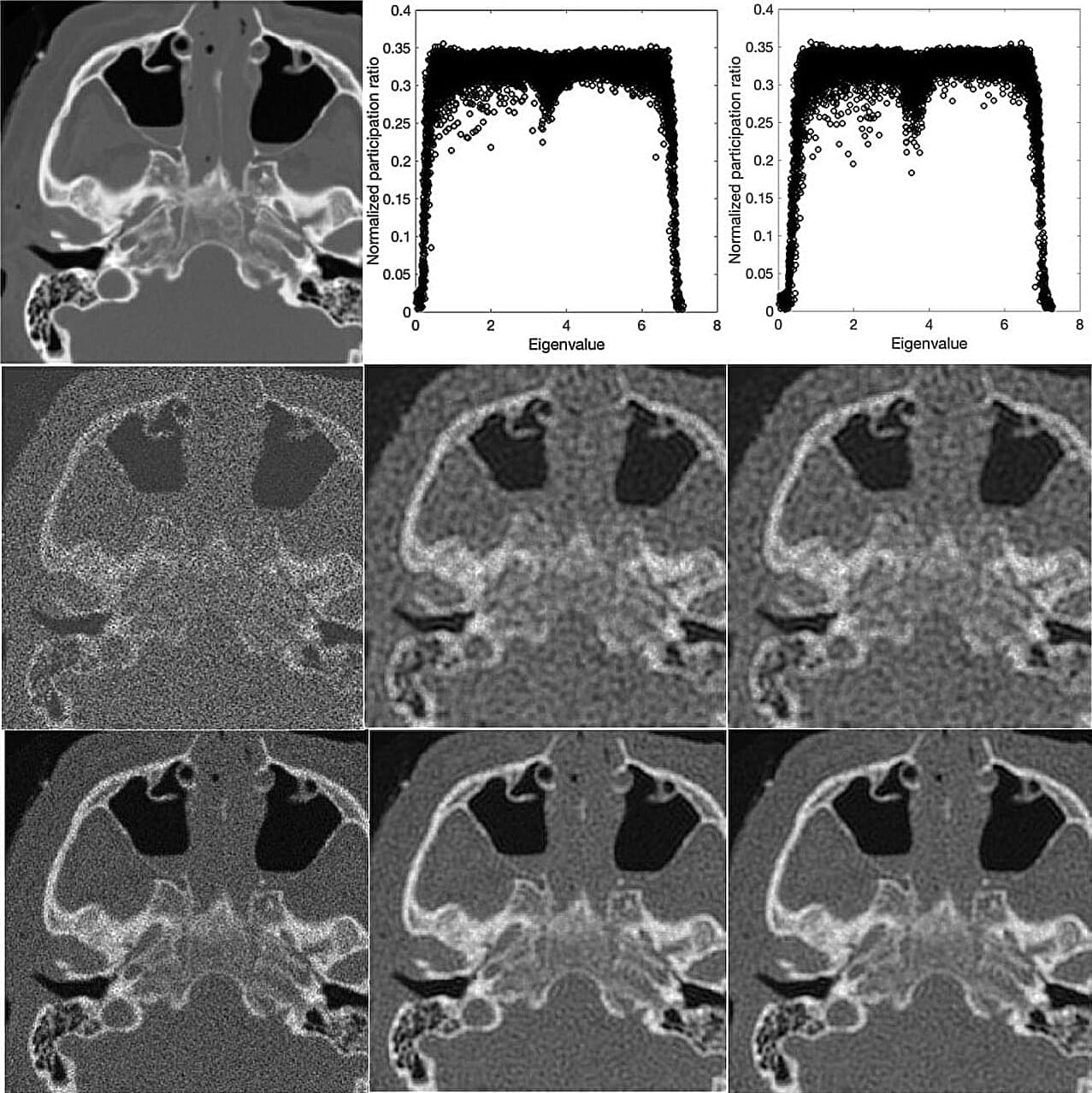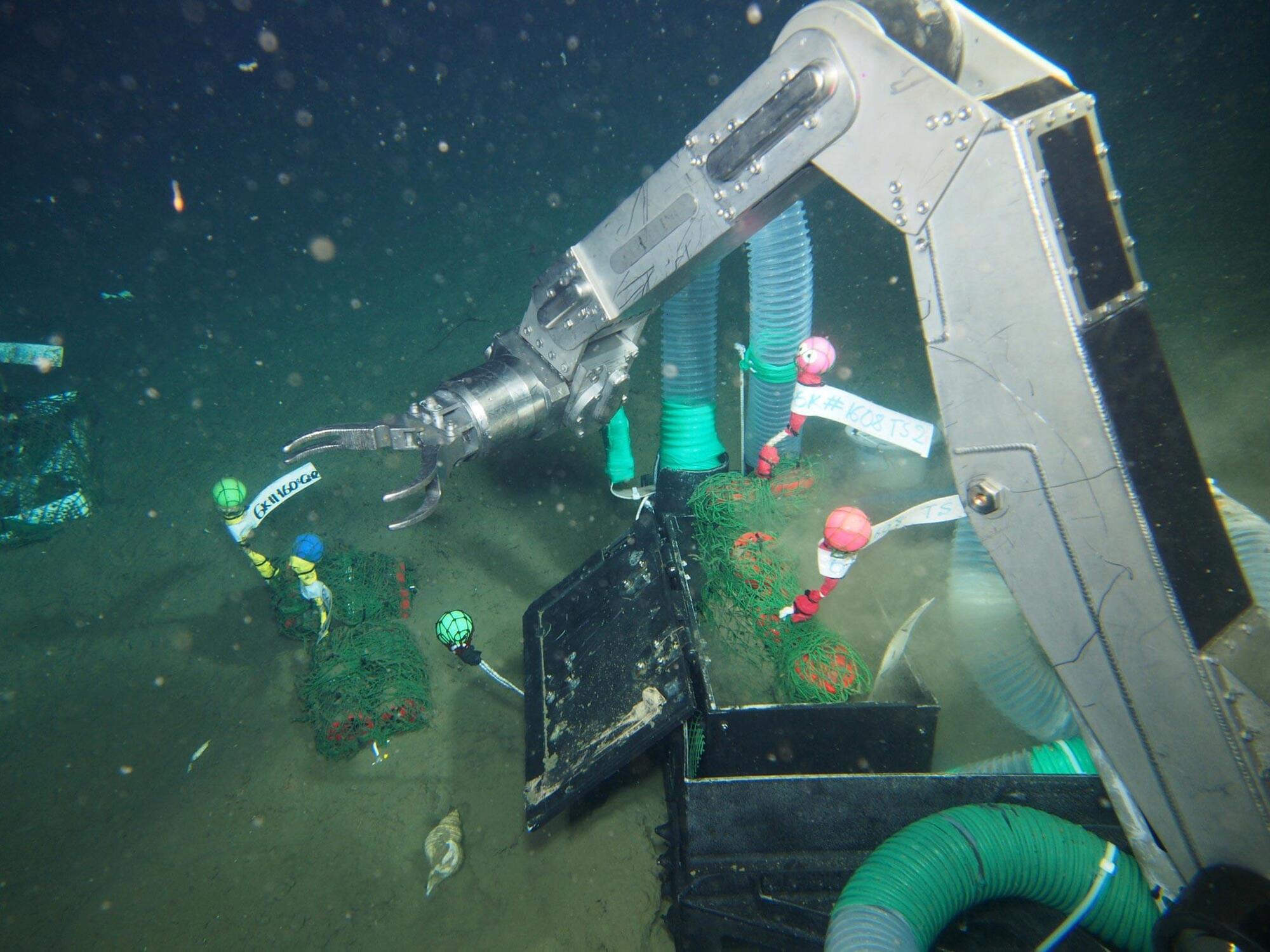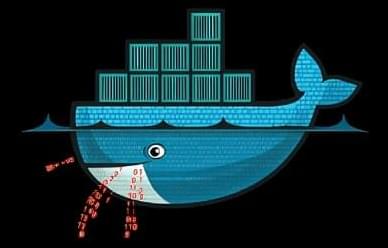The threat actor behind the activity, according to Trend Micro, exhibited tactics mirroring those of advanced persistent threat (APT) groups, such as DLL side-loading, process injection, and the ability to evade endpoint detection and response (EDR) software.
The DLL side-loading techniques resemble those previously documented as part of attacks orchestrated by a China-linked hacking group called Earth Baxia, which was flagged by the cybersecurity company as targeting government entities in Taiwan and the Asia-Pacific region to deliver a backdoor known as EAGLEDOOR following the exploitation of a now-patched security flaw affecting OSGeo GeoServer GeoTools.
“The attack chain leveraged a legitimate browser-related file, Edge.exe (originally named cookie_exporter.exe), to sideload a malicious msedge.dll (SWORDLDR), which subsequently deployed the Charon ransomware payload,” researchers Jacob Santos, Ted Lee, Ahmed Kamal, and Don Ovid Ladore said.








